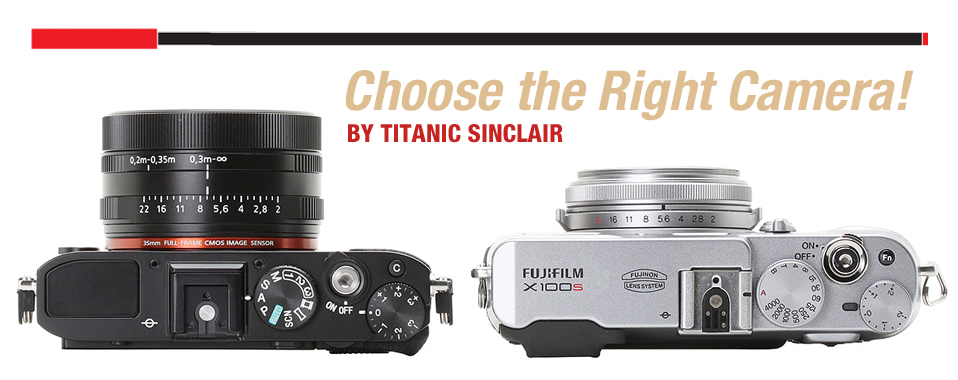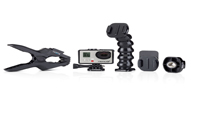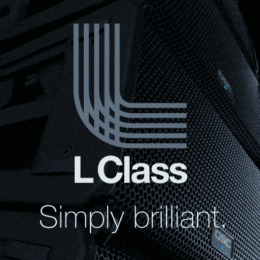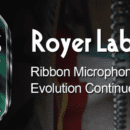
Digital SLRs are too big (it’s 2014, I’m allowed to say that). When your tour van is packed like a can of Crown Prince sardines, even a Canon 5D feels like an unnecessary piece of gear (especially when shooting with the tank-like 35mm L-series lens I’ve recently learned to obsess over). Luckily, we live in a technological Garden of Eden called “the future” and our options are almost limitless when it comes to capturing digital images. This poses a conundrum Devo eloquently expressed in their incredible third album Freedom of Choice: “Freedom of choice is what you got, freedom from choice is what you want.”
The Bottom Line: There are simply too many cameras to choose from when it comes to taking pictures with anything other than an iPhone. When my band Mars Argo was preparing for South by Southwest this year, we knew we didn’t want to cart around a clunky Digital SLR when we only wanted run-and-gun shots for Instagram and Facebook. We wanted something a little more “point-and-shoot” and it wasn’t anything near the $5,000+ setup we typically work with. We needed something we could just throw in a backpack and run around with.
After a couple of Google searches I was quickly drawn to the Fuji x100s, which can produce a certain “vintage look” that I was drawn to. I tend to be a “Canon guy” when it comes to digital photography (hence the 5D reference), but I thought I would take a shot in the dark and give a company I would typically scoff at a chance.
Full disclosure, this is a legitimately unbiased account of a camera I never thought I would ever use or spend time with. But it is something that definitely did the trick at a very reasonable price point (approx. $1,300).
The x100s excels at maintaining a vintage vibe, which is something the hipster in me hates to admit. It almost exactly resembles my 1960s Canon FT QL in functionality and aesthetic.
The picture quality is another story. Obviously, to compare analog to digital is like comparing Cream to Tame Impala, but I do think the comparison is just. Forgive me for being crude, but the x100s feels like a camera that was developed for people (like me!) who want to feel as if they are shooting with a vintage analog camera, but want the immediacy of digital.
The controls are undeniably aimed toward the simplistic/minimalist point-and-shoot user. This is a blessing and a curse, as the vague, minimalistic interface can be a little bit confusing for the average modern consumer. But a simple Google search can circumvent those woes, as every feature of these cameras can be easily navigated with the help of a basic search.
Taking Stills: When it comes to taking easy and fun photographs, the x100s does an incredible job of doing just that. The autofocus is… decent… but it does the trick and almost feels like a fun limitation at times. It definitely bummed me out when I was trying to take a lot of shots at once, but this was the only time I really felt curbed by this camera’s functionality.
The serious issue is when it comes to editing. I don’t know if I am just used to the ease of Canon’s Photoshop integration, but I can’t say I wasn’t bummed out when I tried to open Fuji’s proprietary .RAF files in Photoshop and was greeted with a friendly “NOPE.” To view your photos on a Mac at a reasonable human rate, they force you to use their SILKYPIX software to “develop” your RAW photos into a Photoshop-digestable format that simply feels gross. I understand that they are trying to “stay authentic” to the “vintage vibe” of the camera, but this is where it starts to feel proprietary and unnecessary.
Most people are simply more familiar with Photoshop and nothing is going to change that. Fuji makes unbelievably fun cameras (at a heck of a price!) that make it fun to shoot photos again. The issue is that almost everyone I know also uses Adobe’s products and that isn’t going to change. The idea of transferring my photos via USB, ingesting them into my computer, and converting them through Fuji’s ridiculous software is a little too much if I am buying a point-and-shoot camera.
Taking Video: A side-by-side comparison with my 5D proves that the x100s can definitely hang with the big boys when it comes to gorgeous looking video on a small budget. The average person should have no problem firing this camera up and recording fantastic footage in a matter of minutes (assuming they can manage their way through Fuji’s less-than-impressive menu system). I was able to hand the camera to anyone in the band and have them rolling with no issue whatsoever. The autofocus was problematic, but not a deal breaker.
For the price range, any issues in this area are completely forgivable. For still shots, this camera is impressive but not mind-blowing for me (especially considering all of the hype surrounding it). But the video capability on the x100s was the feature that really got me excited. I couldn’t ask for more, considering I was looking for something simple I could throw around and not stress about. At the end of the day, the images on your computer are what really matter. As someone who “looks for a little more” out of these images, I tend to “look for a little more” from the manufacturers I am buying from. The Fuji x100s does a superb job of fulfilling this expectation on the hardware end with flying colors. If you are willing to dive deep into software to expand the potential of these images through editing, this camera is for you. If, however, you are looking for something that has a bit more of a “point-and-shoot” aesthetic when it comes to transferring to your computer for social media purposes, you might want to look for something else









